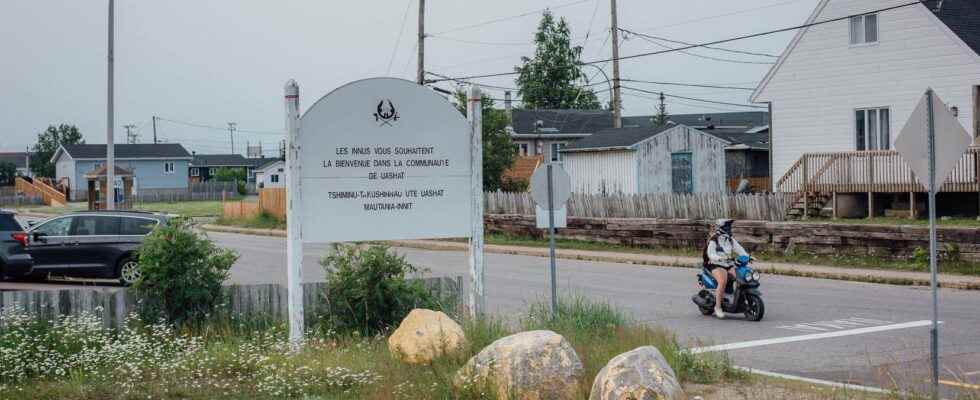After a three-day summit on education, the conclusion is clear: the community of Uashat mak Mani-utenam wants the Innu language and culture to become the foundation of its schools. “Now is the time, according to Chef Mike Mckenzie, […] to build educational programs for us and by us. »
The three days of the summit made it possible to reach a “broad consensus” on the desires of the community in educational matters, observes Vicky Lelièvre, director of the education sector of Innu Takuaikan Uashat mak Mani-utenam (ITUM). “It’s time for change and self-determination, […] [c’]is the direction in which we must direct our efforts. »
The Innu community rooted east of Sept-Îles, on the North Shore, is currently negotiating with Ottawa a regional education agreement (ERE), presented by Indigenous Services Canada, during a conference held Thursday as part of the summit , as an “administrative tool” based on the “needs of young people”.
These include an essentially financial agreement that can serve as a prelude to a self-government agreement (SGA). The latter provides for the repatriation of several responsibilities in the bosom of the Aboriginal communities that adopt it, in particular self-determination and self-governance in matters of education.
The ITUM community has clearly expressed its desire to go in this direction, believes Ms. Lelièvre. “We want the systematic integration of our language and our culture in our programs so that they do not only occupy a secondary place compared to French, but a predominant place”, she underlines.
In the immediate future, ITUM will analyze the comments left by the population on the sidelines of the summit.
A deal in the spring
Last summer, ITUM signed a tripartite agreement with the federal and provincial governments. As the demands concern, among other things, the content of educational programs, negotiations are to be expected with Quebec.
“With the federal government, it’s a question of funding,” explains Ms. Lelièvre. With the provincial, it is above all a question of jurisdiction. ITUM wants to draft its own law on education, specifies the director of the education sector of the Innu community. “The table created by the tripartite agreement reached this summer will allow us to make our demands heard. »
The regional education agreement, for its part, could be adopted as early as this spring. Vicky Lelièvre specifies that the latter would provide funding for a period of five years. However, if, along the way, the community notices omissions, it will have the opportunity, concludes Ms. Lelièvre, to make amendments.
The Uashat mak Mani-utenam summit comes a few months after the conclusion of an agreement by the federal government with 22 Aboriginal communities. The agreement, described as “historic”, provides for 1.2 billion dollars devoted to the education of the signatory communities. Others, like the Innu of Uashat, preferred to negotiate an agreement of their own.
“The educational model being developed by ITUM will be innovative and could serve as a model for First Nations embarking on a similar process. All eyes, concludes a press release issued following the summit, are therefore turned towards Uashat mak Mani-utenam. »
